time saving tipsA visual schedule in early childhood and primary grades provides young students with a clear and structured outline of their daily activities. A sense of routine and time management skills are developed. Visual schedules enhance communication and comprehension, making it easier for students to understand and anticipate what comes next, ultimately reducing anxiety and classroom disruptions. Fewer disruptions saves you some time! Additionally, these schedules can be customized to cater to individual learning styles, ensuring that each student receives the necessary support to thrive academically and socially. If you are like us, you have taken some time to find just the right one to display that fits both the structure and routine of your classroom and fits the space you have for it. Here are several options of cards you can download that will add S.M.A.R.T. to your visual schedule.
Download:
0 Comments
If you already post a daily schedule, can this important time of day be proudly displayed? Head over to our Time Saving Tips section to browse and download a few templates to add S.M.A.R.T. into your visual schedule.
Our three day workshops are packed with information and we don’t expect you to remember it all! When you have a question, need clarification, or simply need help, please reach out like One S.M.A.R.T. Teacher from Hales Corner, WI, Diane Shippell, did. She attended a workshop with us a few years ago. Like many, Diane and her colleagues were excited about S.M.A.R.T. and went back to school prepared to begin implementation right away. Her school now boasts a motor lab and motor hallway. Diane reached out to us with a question regarding material for a vision activity. Tactile Trackers are an activity that aid in developing smooth eye movements. We have received so much feedback from educators that the hallway or just outside the bathrooms have been a very effective place for this activity. In Diane’s school, this activity is in the motor hallway. Diane’s questions centered around where she could get more of these Tactile Trackers. While we do not provide templates for them, we did a little digging and found some options for you. In our chat with Diane, we discovered that her team used mindfulness mats as the mazes to trace in the hallway. Genius! This is a great way to make use of a resource in different ways. Mindfulness mats are used in childcare and classroom settings to help with emotional regulation and breathing techniques. If you have these kinds of mats, why not place them on the wall as a visual pursuit to encourage smooth eye movements? We couldn’t help but get excited at the idea of using the mats as a center activity one week for mindfulness and then having them hung up the next week as Tactile Trackers! Multi-purpose resources definitely feel like they fit into the “work S.M.A.R.T.er, not harder” category. These kinds of mats are available from many sources but to make things easier, here are a few links to some we feel would make great Tactile Trackers.
References: This month has a focus on our Tactile Tracker activity. You know from the S.M.A.R.T. workshop how important developmental movement is in the maturing of our visual system. How can you convey this information to parents, encouraging them to try some fun activities that will add frequency and intensity to visual development? Keep reading…. From the moment children are born, they begin developing strong neural connections with each and every movement and experience. Tummy time, rolling, belly crawling, learning how to pull themselves up to standing, walking, even running all played crucial roles in the development of their eyes. How can we keep this growth going? Vision activities are a really fun way to do this! Here are some suggestions of activities you can do with your child at home that help enhance their visual system.
|
AuthorSCheryl Smythe Archives
May 2024
|

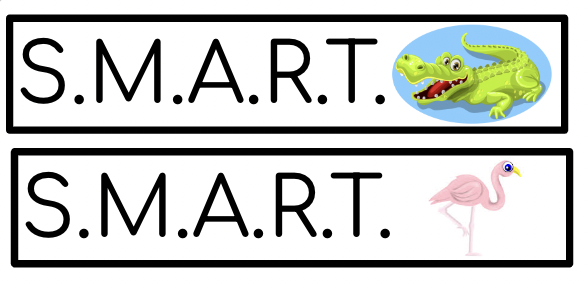
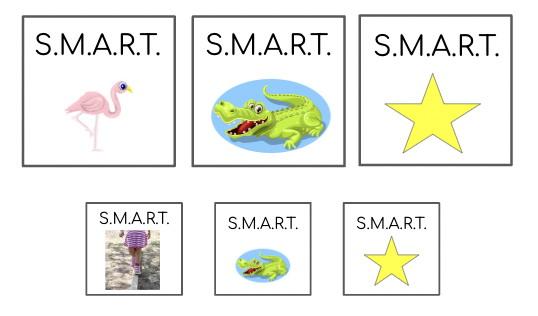
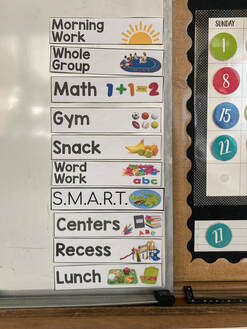
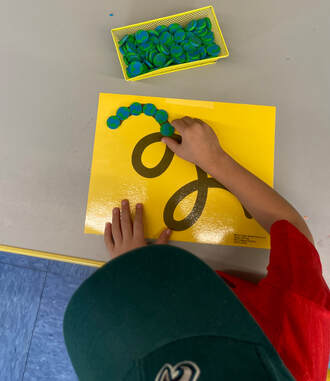
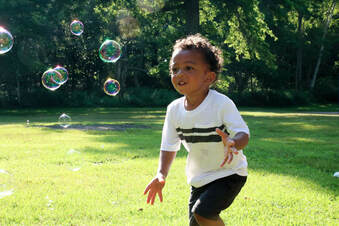
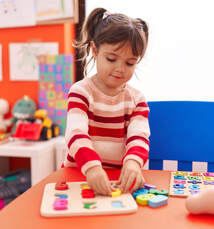


 RSS Feed
RSS Feed